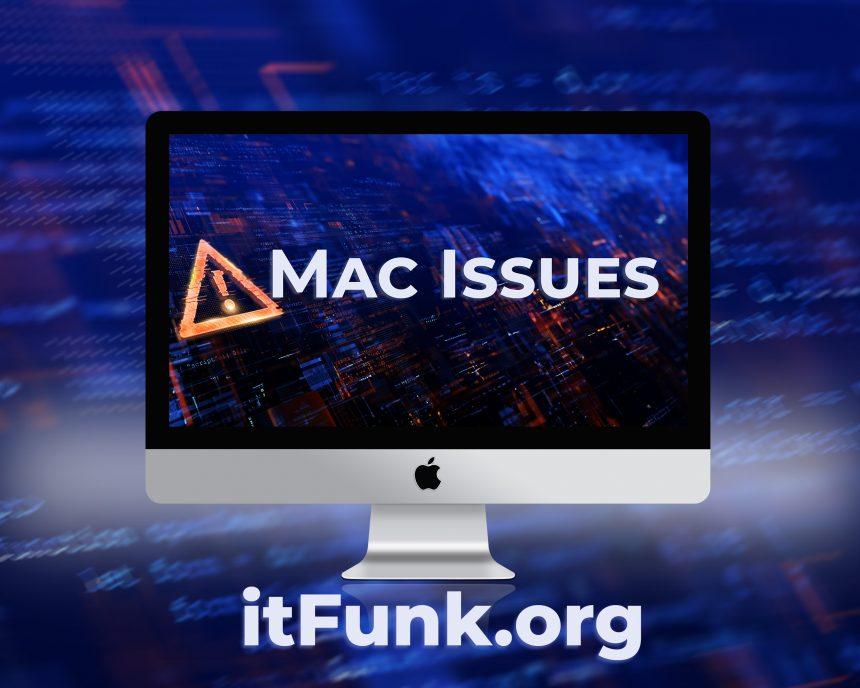CladZap is a member of the Adload malware family, specifically designed for Mac systems. It’s not your typical adware; rather, it combines elements of both browser hijackers and adware, making it notably more intrusive and potentially dangerous. This article aims to shed light on what CladZap is, its potential risks, and how to deal with it when encountering this unwelcome visitor on your Mac.
Understanding CladZap
CladZap, categorized within the Adload malware family, is a type of potentially unwanted software tailored for Mac operating systems. What makes it more perilous than run-of-the-mill adware is its multifaceted approach to disrupting your online experience. Here’s what you need to know:
- Browser Modification: One of CladZap’s primary actions is to modify your browser settings. It typically imposes a counterfeit search engine, redirecting users to potentially harmful and deceptive websites without their consent.
- Ad Inundation: CladZap goes a step further by bombarding your Mac with a barrage of advertising content. This includes an array of pop-up ads, banners, and redirects. The links embedded in these advertisements and search results can lead users to fraudulent websites designed to deceive individuals into revealing personal information, downloading malware, or installing potentially unwanted programs (PUPs).
- Stealthy Operation: CladZap is notorious for flying under the radar, often without the user’s knowledge. It employs various evasion techniques to evade detection. Users usually encounter the primary CladZap file in their “Applications” folder, which is typically identified by an icon featuring a gray, green, or teal background with a magnifying glass—a common characteristic of all Adload malware.
Is CladZap Dangerous?
While CladZap may not be inherently malicious, it poses several risks to your Mac system and online privacy. Its intrusive ad inundation and unauthorized browser modifications can significantly compromise your browsing experience and even lead you to deceptive or harmful websites. This poses risks of exposing your personal information, downloading malware, or unknowingly installing unwanted software on your Mac.
Dealing with CladZap on Your Mac
When encountering CladZap on your Mac, it’s crucial to take action promptly. Here’s a comprehensive guide on how to remove it from your system:
Manual Removal Steps
Step 1: Identify CladZap
- Navigate to your “Applications” folder and look for an icon featuring a gray, green, or teal background encircling a magnifying glass. This is a common indicator of CladZap.
Step 2: Quit the CladZap Application
- Right-click on the CladZap application and choose “Quit.” Ensure it’s not running in the background.
Step 3: Delete CladZap
- Drag the CladZap application to the Trash.
Step 4: Check for Browser Modifications
- Open your web browsers (e.g., Safari, Chrome, Firefox) and check for any unwanted modifications. Restore your browser settings to their defaults if necessary.
Step 5: Remove CladZap Files
- Search for any remaining CladZap-related files on your Mac and delete them.
Step 6: Empty the Trash
- Finally, empty your Trash to remove CladZap permanently.
Tips for Staying Safe in the Future
Prevention is always better than dealing with the consequences. Here are some tips to avoid unwanted software like CladZap in the future:
- Exercise caution during software installations. Always opt for custom or advanced installation options and carefully review each step to avoid unwanted software installations.
- Download files and apps only from reputable sources and official app stores.
- Keep your Mac’s operating system and software up to date to ensure you have the latest security patches.
- Use browser-based content blockers or ad blockers to stop intrusive ads and undesirable content.
- Employ strong, unique passwords for your accounts and enable two-factor authentication whenever possible.
- Be cautious when clicking on links or downloading attachments from unknown sources to avoid malware and phishing scams.
- Regularly back up your data and ensure that your backup data is restorable in case of ransomware attacks.
- Avoid using pirated software or Peer-to-Peer (P2P) file-sharing programs, as they can compromise your data and privacy.
Conclusion
In conclusion, CladZap is an unwelcome member of the Adload malware family, tailor-made for Mac systems, and it’s not to be underestimated. Combining the disruptive elements of browser hijackers and adware, CladZap presents a multifaceted approach to compromising your online experience. It’s essential to recognize the potential risks associated with CladZap, as its unauthorized browser modifications and ad inundation can lead to exposure to deceptive or harmful websites. While CladZap itself may not be inherently malicious, its actions can compromise your online safety and privacy.
Dealing with CladZap on your Mac is of utmost importance. Following the comprehensive manual removal steps outlined in this guide can help you effectively eliminate this unwelcome visitor from your system. Taking action promptly ensures that you regain control over your browser settings and put an end to the barrage of intrusive advertisements.
To stay safe in the future and avoid encountering unwanted software like CladZap, it’s crucial to practice safe online behaviors. This includes being cautious during software installations, downloading files and apps only from reputable sources, and keeping your Mac’s operating system and software up to date. Additionally, employing content blockers, strong passwords, and regular data backups can go a long way in enhancing your online safety and privacy. Avoiding pirated software and peer-to-peer file-sharing programs is another critical step in minimizing the risks associated with potentially unwanted software.
By understanding the nature of CladZap and following the steps outlined in this guide, you can effectively deal with this intrusive software on your Mac. Moreover, these proactive measures will help reduce the risk of encountering similar unwelcome software in the future, ultimately ensuring a safer and more secure online experience.





